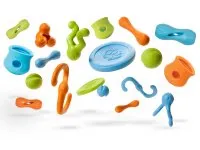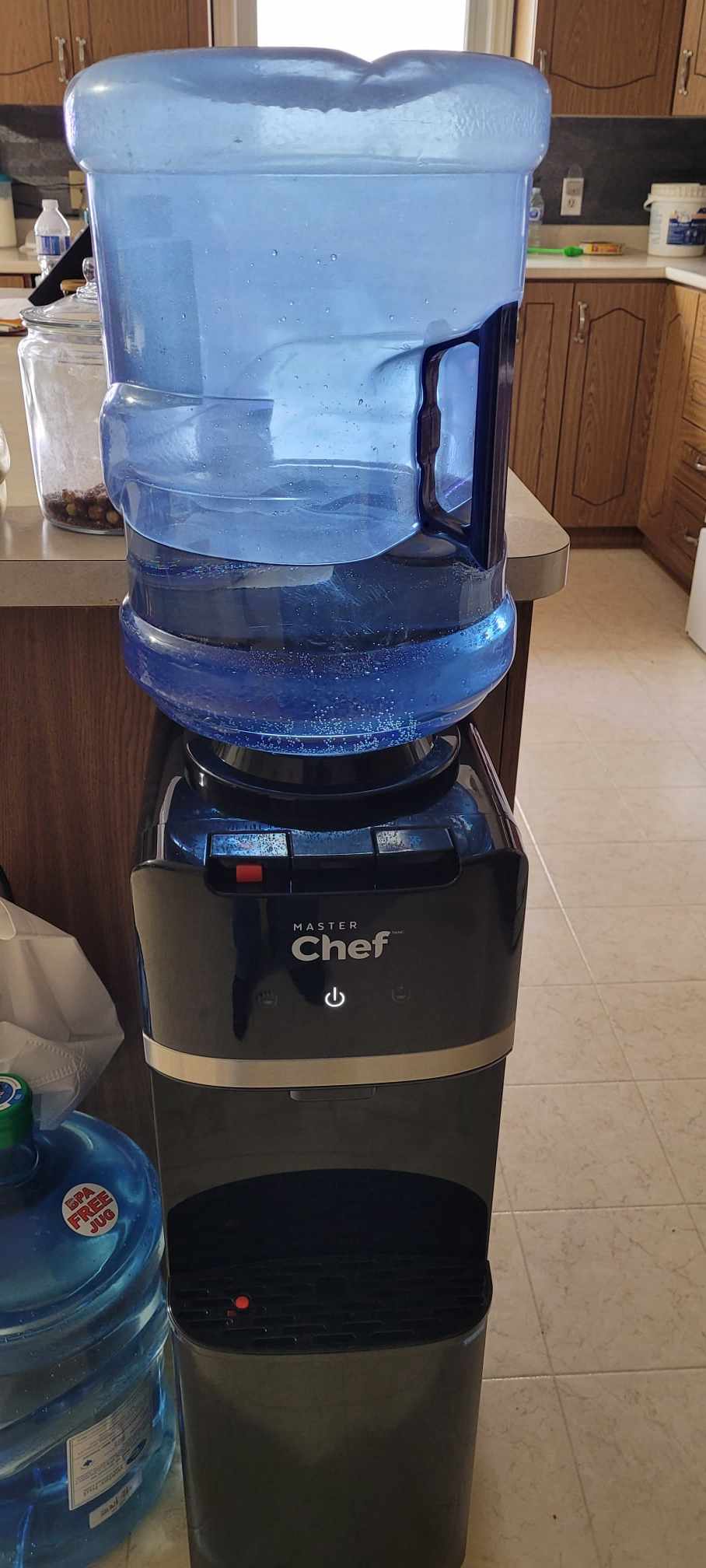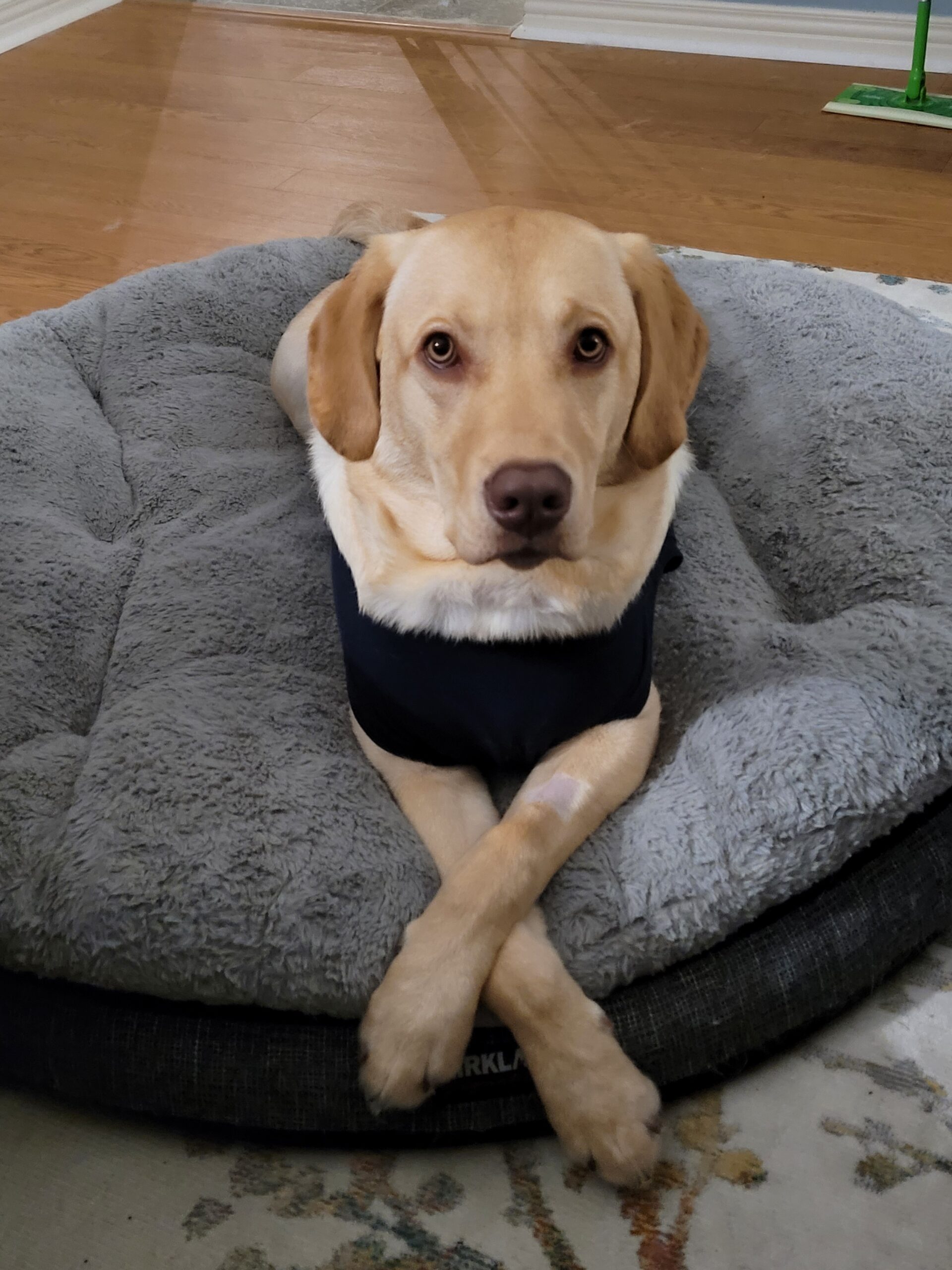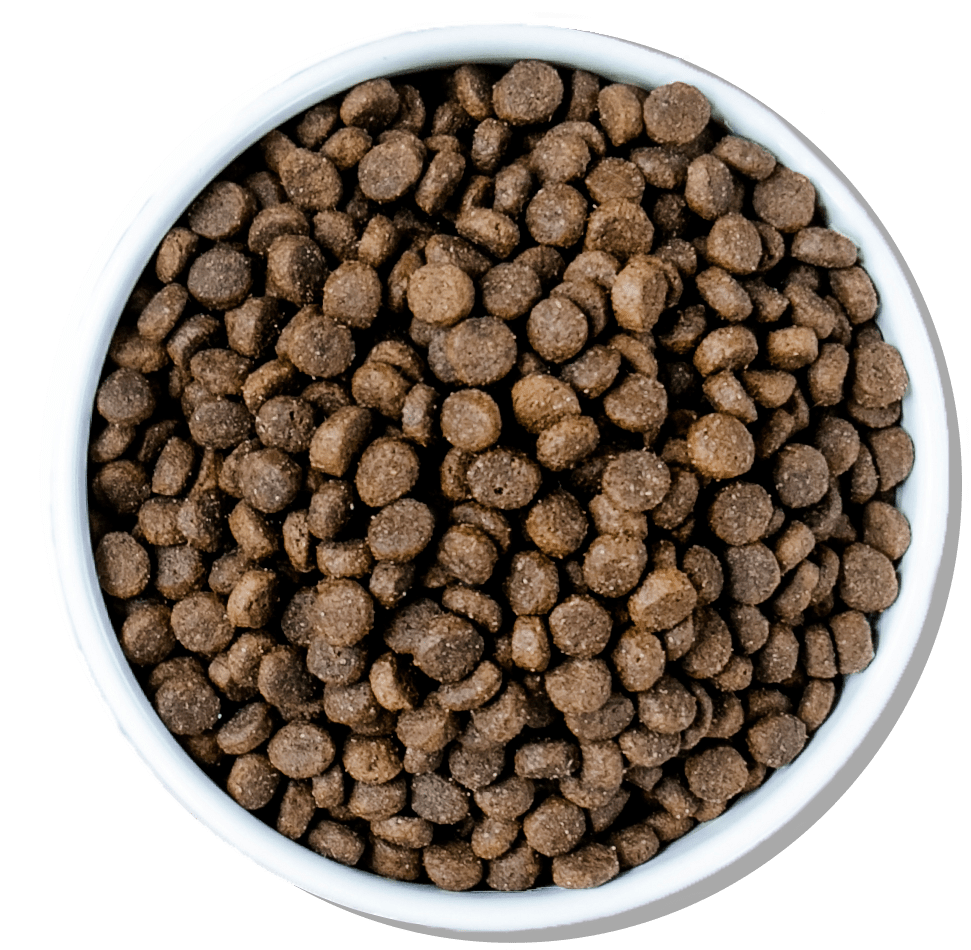
Have you ever wondered why some people’s dog is better behaved than others? Rather they don’t seem overly active or what some call hyper, they behave and they listen to their owners’ commands. There is a bit of a secret here and often dog owners stumble on these secrets by accident. It is of course partially obedience training, but, the other part that some people miss is providing your dog the proper types of toys so that they can be stimulated both mentally and physically.
Dogs who mouth or nip non aggressively may not have the correct type or amount of toys to keep their pearly whites busy. Dogs who constantly seek attention may not have enough variation of toys to keep their interest long enough to keep them busy on their own….and so on.
The goal of this program is to educate dog owners to the different type of toys and how to use them so that your dog is occupied, happier, busier and has their own time in addition to time with you or your family. It will also help explain how to focus your Dog on chewing the right things throughout their developmental stages into adult hood.
Age Appropriate and Safety
Having owned many dogs myself, I understand the need and the focus on minimizing cost when it comes to buying toys. The desire to save money will at times have people thinking their puppy will grow quickly so buying puppy-sized appropriate toys will be a waste of money.
Your puppy will grow quickly and in 9 months to a year or so they will be full grown. A full-grown dog will make quick work of a puppy-sized toy and either destroy it or could end up eating it which poses a choking hazard. This is probably the most important reason to purchase developmentally appropriate and size appropriate toys for your dog. On the other side of the coin a smaller puppy trying to play with adult sized toys can result in frustration and your dog looking for something more fun to chew or play with like a shoe or sock.
A second issue that is very close in importance is that your new puppy is in their most important developmental stage of their life. The time from 8 to 16 or 20 weeks for your puppy is the most important time for them to learn how to have a soft mouth, what to chew and what not to chew, how to listen to all humans and better understand their role in the home as a new member of your pack.
How do toys influence your dog’s behavior you ask? Well ask anyone with a hyper dog who doesn’t listen, especially if the dog is 80 lbs., and you will understand that obedience and manners are not happened upon by luck or “picking the right dog.” Rather, dogs who behave are taught the human rules. How do they learn them? Well, between weeks 8 and 16 it’s up to you to teach your dog what is acceptable. This will be impossible if you don’t stimulate and exercise your dog properly using age appropriate toys.
That’s right, the critical time to train and socialize your dog so that it is a polite member of your family is while they are a puppy. Before they are full grown. Proper toys will allow your dog to be sufficiently stimulated mentally and physically so they are able to focus on training and learning the rules of the human world. In addition, toys can be used in different ways while you interact with your dog.
Dangers of Treats & Toys
We have been working with dogs for a very long time. We take great pride in the lessons we have learned and are more than happy to pass those experiences on to others. The excellent dog toys we have found to offer are environmentally friendly, FDA compliant, non toxic, dishwasher or washing machine friendly and some for the heavy chewers have a replacement guarantee. So for example, you wouldn’t question the materials used to make a tennis ball that you may get at the dollar store. Sure it’s a ball and your dog will love chewing and fetching it. But, it is not made specifically with the idea of a dog putting it in their mouth. After all it’s for tennis, so the regulations or care taken to make it in an off shore country such as China or Taiwan would not be the same as a ball we recommend specifically for your dog’s well being. Yes, I’m saying to not give your dog poison tennis balls to play with. Joking aside, don’t give your dog anything to put into its mouth that hasn’t specifically been made for them.
This also holds true when giving them dog treats. You should take the same precautions for a new puppy who comes into your home that you would for a newborn baby. In the case of the baby, when it’s time to introduce different foods you would do 1 new food at a time. This is to see if your baby may show signs of an allergic reaction. If they do, there isn’t 14 ingredients you have to now separate to determine an allergy, there is only 1. For this reason, it is important to give a high value reward with single ingredient, no preservative, nothing added treats. The exception to this is that training treats that are given often should be limited ingredients and low calorie. Giving your dog beef liver over and over during training would be too rich for it and could upset their tummy and/or cause their stool to be loose. This is why we recommend Luggers training treats for the bulk of the training session and one of the higher value reward treats at the end or if the dog has a break through and you want to give a special reward.
1. INTERACTIVE toys are those that allow your dog to play, get exercise and mental stimulation by either interacting with you or another dog. One of the best ways to use this type of toy is when it is too cold or too hot, or even too rainy to play outside. It could be that you are also too tired or physically unable to walk. An interactive toy will allow you to play with your dog in the house although it’s not limited to indoor play.
Types of interactive toys
-tug toys are my favorite interactive toys. Sit in your chair, call the dog over and get them to wear themselves out while you relax!
-fetch toys can be balls, fuzzy toys, or even the tug toy. If you play this inside take care where you bounce your ball. I like to bounce it higher rather than farther so the bull doesn’t break to many pieces of China in the shop.
-Seek toys aren’t so much of a type of toy rather the way you use your toy. A favorite game of mine is hiding some training treats in different spots in the home and letting the dog use their nose to find them. This is a very satisfying game for them and mentally challenging. As they look around and I see they have found most of the treats I will hide a puzzle toy (discussed in the Distraction section) with a high value treat in a spot. When they find that they will take it to their bed or spot to lie down and work on getting the treat out.
2. DISTRACTION toys are those that your dog will take and play with on their own. These are particularly useful when you are trying to extend their eating time and they are begging or whining for their food or for any reason which involves them playing contently on their own. It could be to settle down just before bed, or if you need to crate them for a bit while you meet someone at the door or need to shower.
Types of distraction toys
-Food Delivery toys are some of the best toys going. They are typically toys you stuff healthy treats into and your dog has to work to get them out. Using these toys will allow you to stretch a high quality treat for 20 or 30 minutes that may have gobbled up in seconds without the toy.
-Puzzle toys often also deliver food. The main point of this type of toy is that your dog will have to work to figure out how to get the food or treat. There are different levels of complexity for puzzle toys so be sure you are challenging your dog appropriately and it’s not too hard or too easy for them to solve.
-Chew or Chew/Challenge toys could be a puzzle that your dog has to chew to release pieces of the treats. In contrast to a simple puzzle toy where your dog might have to slide a lid or flip a cover to expose the treat, a chew challenge toy will have your dog working by chewing to get the prize.
3. COMFORT/SOCIAL toys are those related to your dog belonging to a pack and their instincts.
Types of Comfort/Social toys
-Chew, Play, Toss toys are those your dog can get physical with.
-Shake, Stalk, Prey toys are those your dog can practice hunting with and is a natural instinct of theirs.
-Carry, Snuggle, Wipe toys are those your dog can bond with and are often a fuzzy toy. They may treat it like a baby by carrying it or snuggling it, or they may roll and wipe on it to mark their scent.
Toy-Related Developmental Periods
a) 5 to 8 Weeks old – Your puppy is learning manners with its litter mates. Biting its mother and litter mates results in yelping which the puppy eventually learns how hard is too hard with another dog. During this phase some simple basic toys should be used by the breeder to enhance the puppy’s development. Toys such as shake, tug, fetch and roll are a good start at this stage.
b) 2 to 4 Months old – Is when you take your puppy home and are responsible for providing a balance of toys to aid their proper development and become well behaved adult dogs. During this time, I recommend for you to have a mix of 5 different toys for your dog. This is to start! Yes, you will need more and should eventually have 2 of each type of toy. The trick is to keep the toys up on a shelf where your dog can’t get them. When they become disinterested with a particular toy you simply take one off the shelf to replace it thus maintaining their interest in the toy and not chewing your furniture.
For example, a fuzzy snuggle toy can be replaced with a different snuggle toy. After a while, the toy they were bored of that you took away will be new again. It’s a beautiful trick to stretch out your toys and your budget while engaging your dog!
c) 4 to 6 months old – Is when your puppy will begin losing their baby teeth for adult teeth. This time varies somewhat across breeds and even within the same breed. So, watch for signs of your puppy needing to chew more. As you realize the teething time is here, I want you to add in another 2 or 3 different textured chew toys. Not all at once, but maybe have 2 different chew toys available for them and 3 in reserve to rotate. As their need to chew while teething grows their need for suitable safe toys also grows as does their training of what is acceptable to chew. If you have purchased this program it comes with a certificate for a free teething toy geared to relieving some of the irritation that comes with teething. As with other toys rotate this frozen teething toy with another so there is always one frozen toy in the freezer ready to go.
TAKE AWAY
- Provide a balance of 3 different toy types at all times for your dog
- Rotate toys to hold your dog’s interest
- Provide toys that give a balance of mental and physical stimulation every day
- Utilize toys to extend the life of your healthy dog treats
- Provide age appropriate toys as your dog grows
- Increase chew toys around their teething phase
- Discard the toy if a danger of choking is present
- Supervise your dog when playing with toys
To visit a site with excellent developmental dog toys click here.



